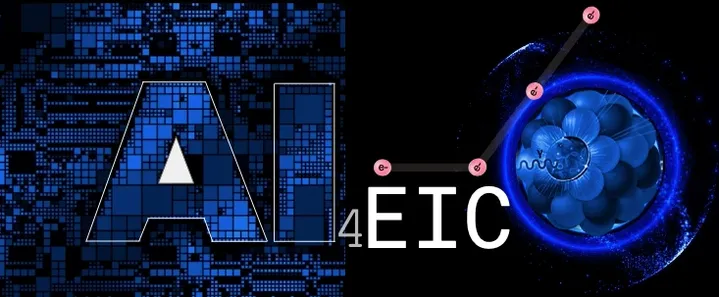Speaker
Description
Quasi-real photoproduction measurements at the Electron Ion Collider will require a far backward electron tagger to detect electrons scattered at small angles close to the beam line. A high occupancy is expected in the electron tagger, leading to many possible permutations of hits deposited by the electrons into single electron tracks. To avoid a slow and computationally expensive combinatorial approach to track building, machine learning algorithms such as object condensation methods can be used to recognise objects such as tracks from hits in a detector. We demonstrate how these object condensation methods are particularly well suited to track building in the far backward electron tagger, achieving an efficiency in track finding at or above 95% and a purity at or above 90%, in the presence of noise and hit detection inefficiencies.

